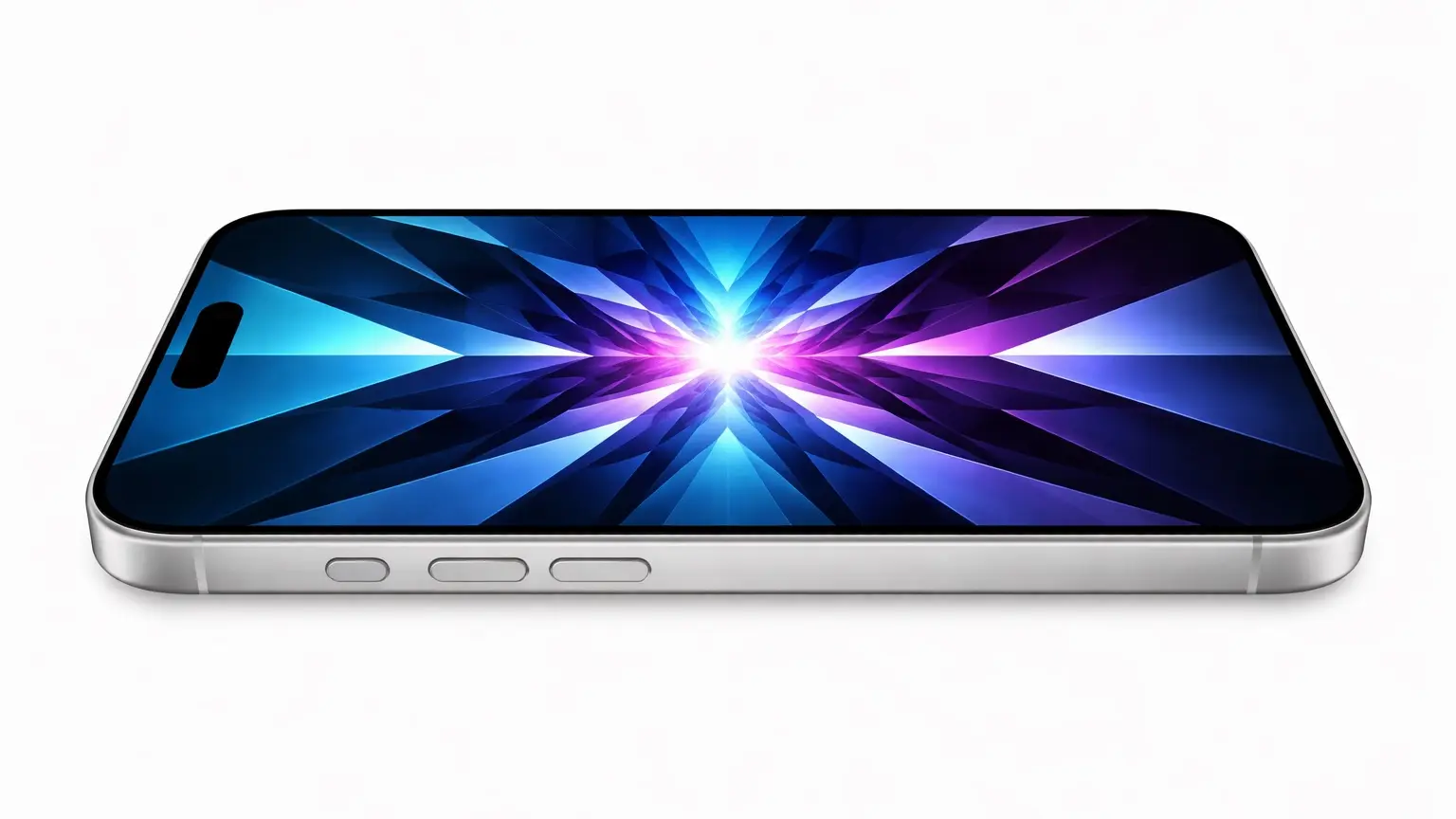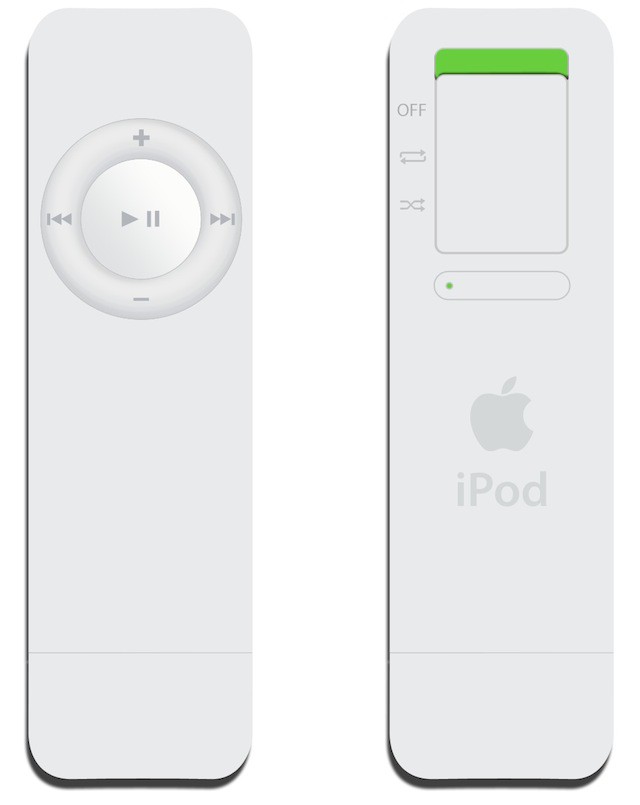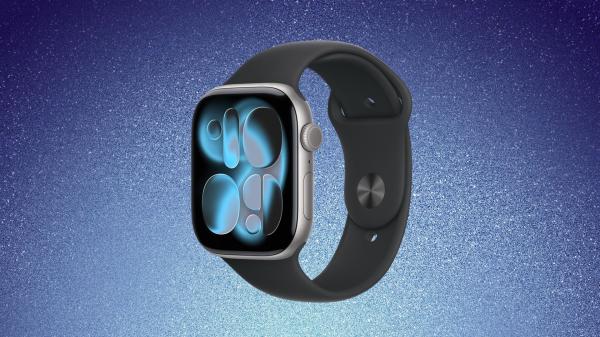The world we live in, despite not always being perfect, still manages to give us plenty of reasons to celebrate. One of these is the freedom to access a virtually limitless library of online games thanks to smartphones and the internet being so readily available, meaning that quality entertainment is always at arm's reach.
Particularly during the last couple of years when the pandemic was in full swing, we've noticed a surge in popularity for online casino games. Initially, you had to have a traditional computer setup with a keyboard and mouse to play these, but with the advancement of technology, this genre of games has gradually become available on smartphones as well, giving you the option to input commands with nothing but a touchscreen, a feature that was considered a novelty at the time.
But since things are evolving and new approaches are explored all the time, gesture-based controls have emerged as an exciting new development, essentially revolutionizing how players are able to interact with the game and thus shape their gameplay experience. Today, we will explore this exciting new control scheme and the underlying technology from the perspective of gamers and developers alike.
The Evolution of Mobile Gaming
The early days of mobile gaming was perhaps a bit spartan by today's standards, but it kept people engaged nonetheless. Do you still remember the simplicity of classic retro games like Snake and Tetris that we used to play on these brick-like classic mobile phones? This was when the typical mobile phone screen only had a basic range of colors to display. But that all changed in the early 2000s when their graphical capabilities went beyond mere pixels, and even more so in the year of 2008 when the first iteration of the App Store came to fruition.
This opened up a whole new movement of independent game developers who had effectively made developing apps and games their lifestyle, often choosing to monetize their creations with ads, in-app purchases or both. As the years went by, these developers kept on experimenting with various ideas in a never-ending quest to improve the user experience of their fanbase, creating games for a whole new generation of players in a multitude of genres.
Of course, this involves reinventing the way we control them. Basic touchscreen controls, while being an adequate solution in certain cases, can be somewhat clunky and restrictive. Quite unlike gesture-based controls that are what many see as a natural progression towards a control scheme that's more practical as well as more intuitive.
What Are Gesture-Based Controls?
Gesture-based controls is a concept that isn't exactly new by itself, it's just that not many mobile games have experimented with it up until now. In essence, this approach involves using physical movements to control the dynamics of the game rather than relying on traditional touch controls as is usually the case. Traditionally, this would involve tapping or swiping the screen, but now, additional hand movements have joined the roster, including waving, pointing and drawing.
To make things as comfortable as possible for the player, inputting these commands is made easier by utilizing the smartphone's built-in camera. So instead of having to touch the screen all the time, the friction is removed by allowing the player to wave their hand in the air. The smartphone's hardware then interprets these gestures and converts them into in-game commands. By utilizing this approach, the gameplay experience becomes more straightforward and engaging.
Enhancing User Experience
While tapping the screen of the device works fine in certain scenarios, it can be clunky and impractical in others. This is the reason why games like Fruit Ninja and Temple Run primarily rely on gesture-based controls to allow the player to influence the state of the game in the most intuitive manner possible, creating a dynamic and immersive gameplay experience.
But it's not only the action games that are starting to incorporate this kind of control scheme; on the mobile casino front, we have apps like 888 Casino and LeoVegas that integrate gestures for actions like spinning the roulette wheel or dealing cards.
Case in point, this novel control scheme was designed to reduce the learning curve for new users; gestures mimic real-world actions, making gameplay more accessible and engaging. By bridging the gap between the player and the game, gesture-based controls enhance immersion and enjoyment for all levels of players.
"Napredne tehnologije vedno znova navdušujejo tako strokovne recenzente, ki pišejo za https://casinorix-si.com/, kot tudi vsakdanje uporabnike aplikacij za spletno igranje iger na srečo. Služijo kot dokazilo, da še nismo iznašli vsega, kar je mogoče iznajti na področju spletnega igralništva, zlasti kar zadeva interaktivno vnašanje ukazov na inovativen način", says Miloslav Hanzlowsky, editor-in-chief of the online portal CasinoRIX.
The Future of Gesture-Based Controls in Mobile Casinos
New developments signal an ongoing journey of experimenting and discovery when it comes to finding the most optimal approach for controlling the action on the screen. This means that we likely haven't seen the last of gesture-based controls yet. To list the online casino gaming industry as an example, it's a market segment where new technologies are implemented all the time, with augmented reality being just one example.
In layman terms, we're headed in a space where the lines between virtual and physical interactions are becoming increasingly more blurred, all with the aim to make it easier for the players to immerse themselves in the game without having to stress too much about inputting their desired commands. Technological advancements in this space are still exploring how to refine this concept even more, so it's safe to say that various developer studios will come up with even more creative ways on how to get the most out of gesture-based controls.
Conclusion
To sum it up, we've done our best to give you a rough overview of how gesture-based controls are shaping the mobile casino gaming industry and paving the way for a more intuitive way to control the action on the screen. We've also gone over the history of mobile gaming to see how controls have evolved over time.
Case in point, the developers want to make things simpler for the end-user, and gesture-based controls are the next logical step in the equation. Since we're in the early days of this being a trend, we're likely to see an increasing number of developer studios warming up to the idea of making their games implement this mechanic.














